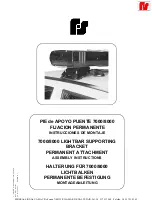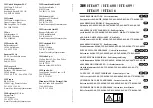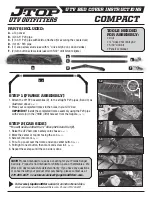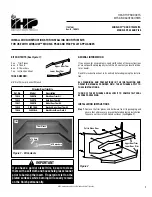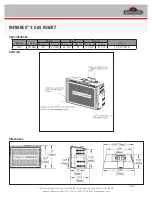
USER MANUAL
STM 550 / EMSI
–
ENOCEAN MULTISENSOR FOR IOT APPLICATIONS
© 2020 EnOcean | www.enocean.com F-710-017, V1.0
STM 550 / EMSI User Manual | v1.3 | September 2020 | Page 40/97
7
Commissioning
Commissioning is the process by which STM 550 is learned into a receiver (actuator, control-
ler, gateway, etc.).
The following two tasks are required in this process:
◼
Device identification
The receiver needs to know how to uniquely identify this specific STM 550 device.
This is achieved by using a unique 48 Bit ID (Source Address) for each STM 550 de-
vice.
◼
Security parameter exchange
The receiver needs to be able to authenticate radio telegrams from STM 550 in order
to ensure that they originate from this specific device and have not been modified.
This is achieved by exchanging a 128 Bit random security key used by STM 550 to
authenticate its radio telegrams.
STM 550 provides the following options for these tasks:
◼
Radio-based commissioning
STM 550 can communicate its parameters via special radio telegrams (teach-in tele-
grams) to the intended receiver. Transmission of such telegrams can be triggered by
using the LRN button.
◼
QR code commissioning
Each STM 550 device contains an optically readable Quick Response (QR) Code
which identifies its ID and its security key. This QR code can be read by a by a suita-
ble commissioning tool (e.g. smartphone) which is already part of the network into
which STM 550 will be commissioned. The commissioning tool then communicates
these parameters to the intended receiver of STM 550 radio telegrams.
◼
NFC commissioning
Each STM 550 device contains an NFC interface allowing to read device parameters
and to configure a user-defined security key.































